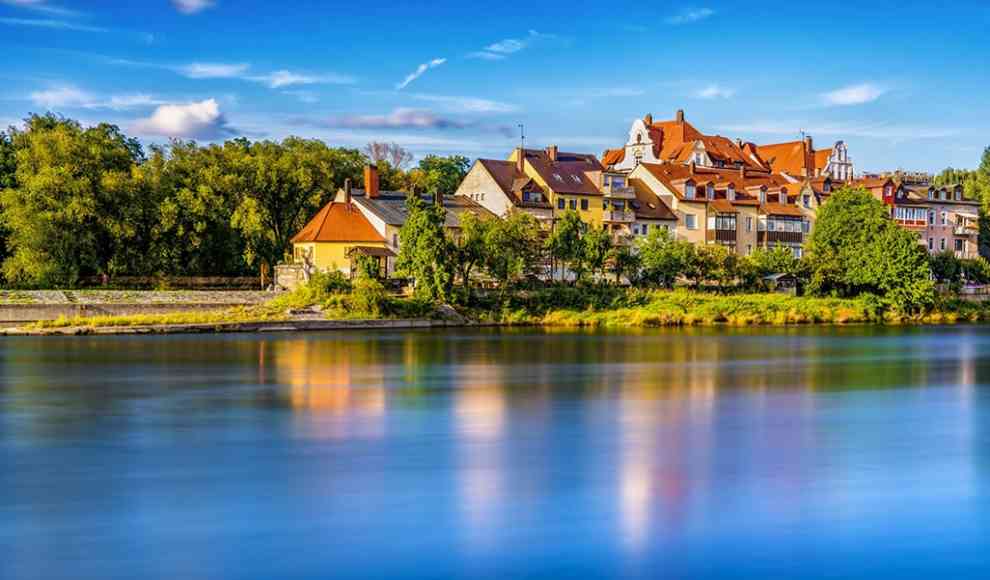The Danube River, the second-longest river in Europe, has been shortened by 134 kilometers due to human intervention, according to a recent study. Additionally, only one-tenth of the river remains in a natural state, prompting researchers to warn of further consequences. The Danube flows through ten countries, making it the only river on Earth to have contact with so many states. The study, funded by the EU, details the human-made changes to the river and their effects on sediment deposits. The Bavarian State Office for the Environment in Augsburg reported that the Danube has been shortened by 134 kilometers and has become up to 40% narrower since the mid-19th century due to straightening, flood protection measures, and the construction of dams.
The Danube transports massive amounts of sediment from the Black Forest to the Black Sea. The first analysis of the data shows that about one-third of the entire river is affected by sediment deposits, particularly in front of large hydroelectric power plants. The sediment is missing directly behind the dams, causing the riverbed to deepen. Since the construction of large dams, only 15 to 20 million tons of suspended matter, or over 60% less than two centuries ago, have reached the Danube Delta each year. These significant changes in sediment management not only affect waterworks but also shipping, water supply, and land use. To counteract these negative changes, good-practice measures from the entire catchment area have been collected, processed, and evaluated. For example, structural changes to groynes, the dismantling of bank reinforcements, new innovative power plants, or erosion-reducing measures in agriculture can contribute to improving sediment management. These measures will be incorporated into the development of a transnational sediment management concept in the future.
The Danube River is a vital resource for the countries it flows through, and the changes to its sediment management have far-reaching consequences. The study’s findings highlight the need for sustainable management practices that balance human needs with the river’s ecological health.










